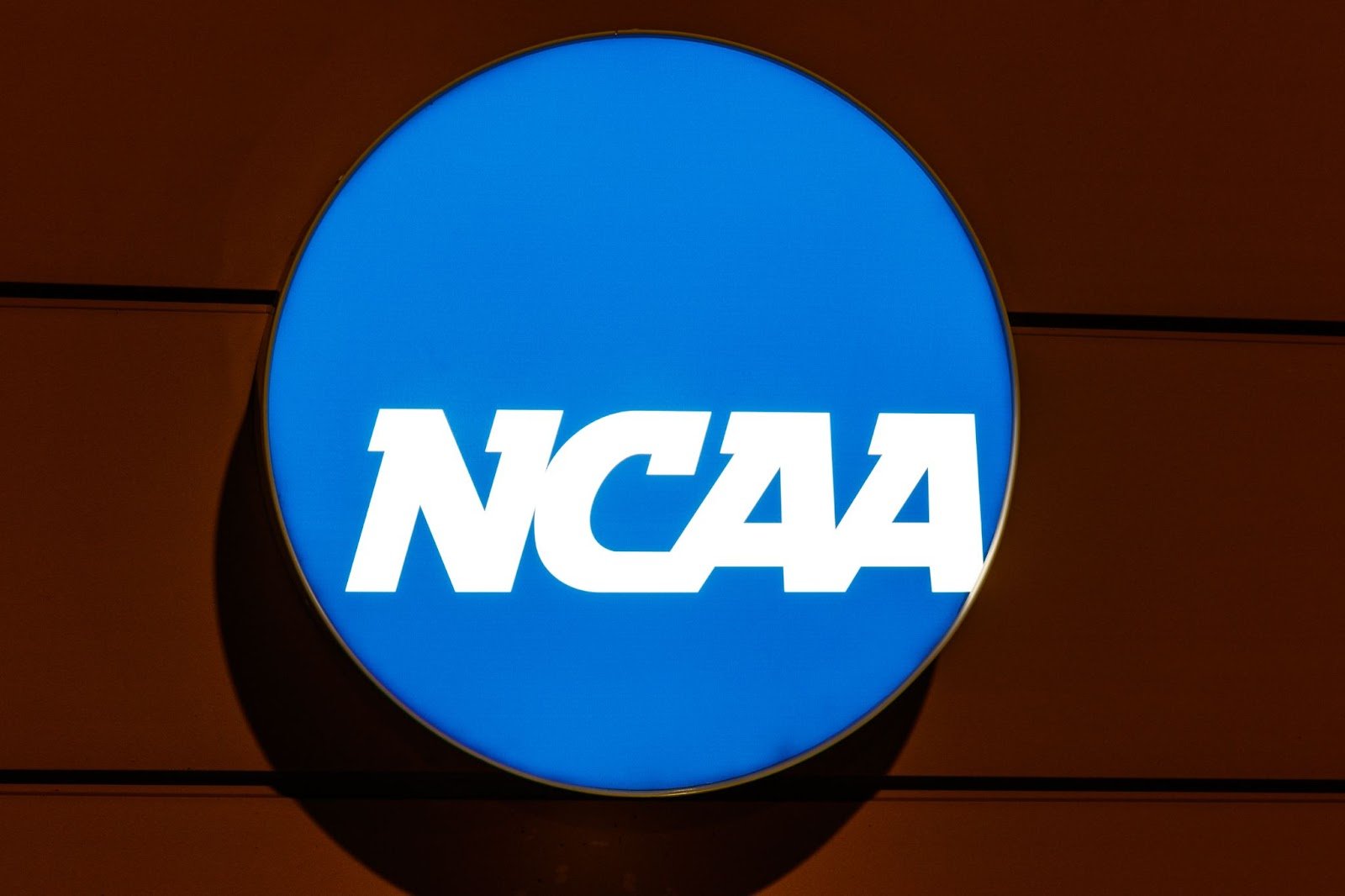The Sports Law team at HBC is writing a series of articles in response to the NCAA Transformation Committee’s recommendations to modernize DI athletics. This is the first article of the series.
NCAA Transformation Committee: It’s Mission, Priorities and What’s Happened So Far
The NCAA Transformation Committee recently released its report containing recommendations to modernize NCAA Division I athletics and improve the student-athlete experience. The Committee was formed in October 2021 when the NCAA Division I Board of Directors determined that the changes in the environment surrounding college sports were moving too quickly for Division I athletics to respond. One obvious motivating factor – the rapid changes brought on by the new Name, Image and Likeness (“NIL”) rules. Jere Morehead, chair of the Board, cites NIL laws that drastically vary from state to state as a driving force behind the NCAA’s modernization efforts. Without consistent governance, it is difficult for the NCAA to maintain an equitable environment where each student-athlete, team and university has a fair chance to succeed. Our hope is that the NCAA will work with the Board to usher in a new era of Division I athletics that allows student-athletes to benefit from emerging NIL markets, while also maximizing opportunities by allowing as many athletic programs as possible to remain relevant and competitive.
The Mission
By taking a deep dive into the NCAA’s policies and analyzing the student-athlete experience, the Committee seeks to improve Division I athletics by embracing the realities of a changing landscape, and enhancing the student-athlete experience across all Division I sports. In its own words, “the Committee was formed to identify opportunities to modernize college sports” and to recommend “forward-looking changes for consideration by the NCAA.”
Who in on the Committee?
The Committee has 21 members, pulled from Division I universities and conferences around the country. The Co-Chairs of the Committee are Julie Cromer and Greg Sankey. Cromer is the director of athletics at Ohio University, and Sankey is the commissioner of the SEC. There is a wealth of expertise making up the Committee, including former student-athletes, athletic directors, conference commissioners, Woman Administrators, and university presidents from 16 different conferences. Further, the Committee includes representatives from conferences other than the Big Ten, SEC, ACC, Pac 12, and Big 12 conferences – often called the Power 5 – which is crucial, as the Committee and the Board both seek to ensure that Division I athletics continue to be accessible to institutions that are not a member of one of the Power 5 conferences. Cromer and Sankey refer to this as a “big tent” approach.
While the big tent approach is admirable, we are among those that question its viability. There is already a huge gap in funding and support between the biggest athletic departments and the rest of Division I, and with the addition of NIL compensation and increased expenses for Division I member institutions, it is unrealistic to believe that all 300+ Division I schools can continue to justify their existence.
The Focus of the Committee
Primarily, the Committee’s focus can be narrowed down to three important aspects of the student-athlete experience:
1. Elevating support for student-athletes’ mental, physical and academic well-being.
2. Enhancing the Division I championship experience for all student-athletes.
3. Building a faster, fairer, and more equitable Division I.
Actions Thus Far
To date, the NCAA has adopted a number of the Committee’s recommendations, including providing student-athletes with previously prohibited expenses, including parking, transportation to campus, transportation to elite-level training events, tryouts and competitions, and reasonable entertainment, housing, and meal expenses. With these recommendations already in place, it should be only a matter of time before more of the Committee’s proposals make their way into the NCAA’s bylaws, drastically altering the landscape of Division I athletics for student-athletes, universities, fans, and sponsors.
A Look Ahead
In this series, we will analyze the key changes that the Committee has recommended, focusing in turn on: (1) a greater emphasis on the care of student-athletes; (2) the increased voice of student-athletes in Division I governance and decision-making; (3) expanded mental health and life skills programs; (4) better championship experiences for all student-athletes; and (5) more streamlined rules and regulations.
Stay tuned tohttps://www.hbcboulder.com/news-media (orhttps://twitter.com/HBCSportsLaw orhttps://www.linkedin.com/company/hutchinson-black-and-cook-llc/) for the latest in our series on the NCAA’s recommendations.
